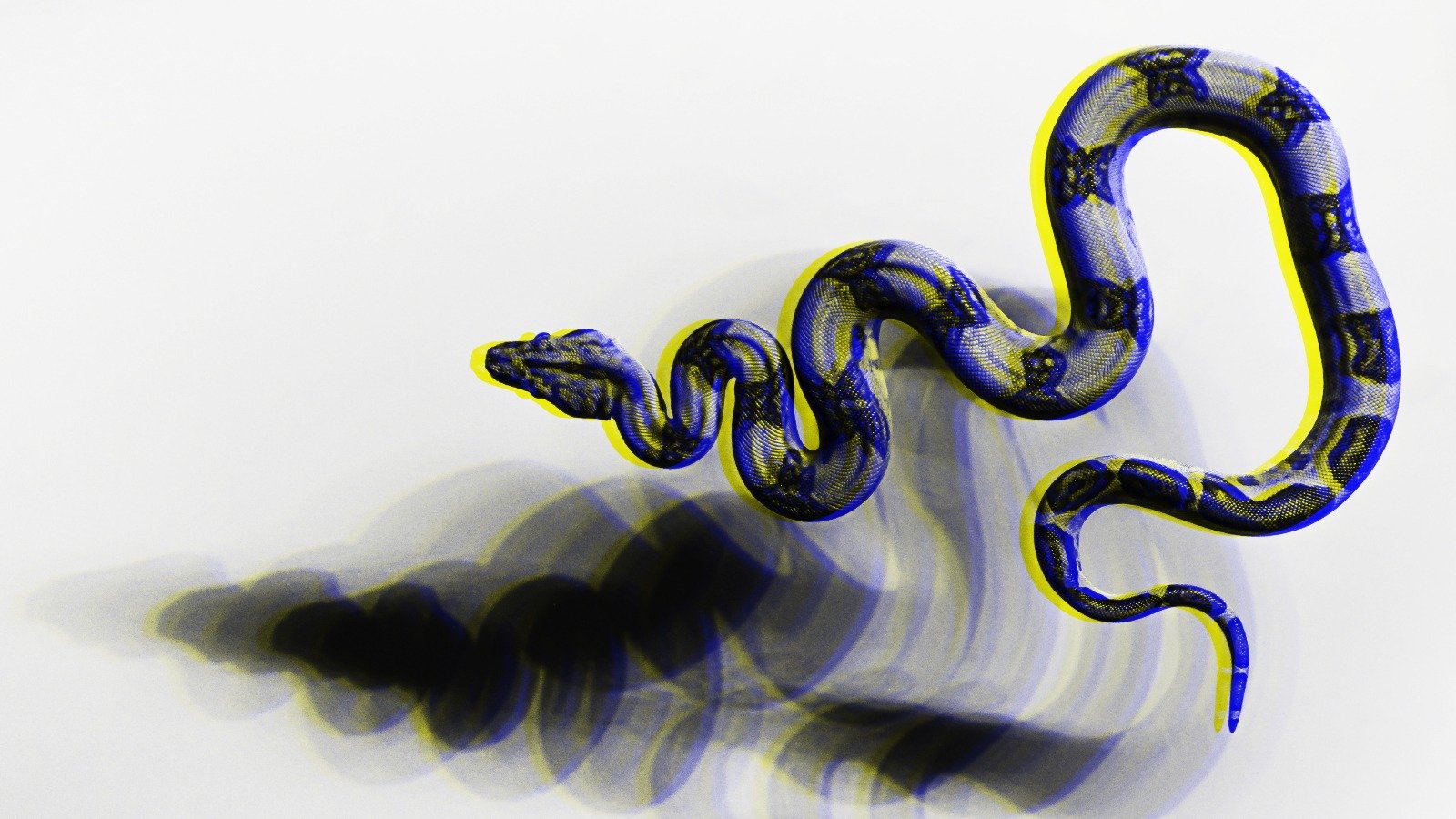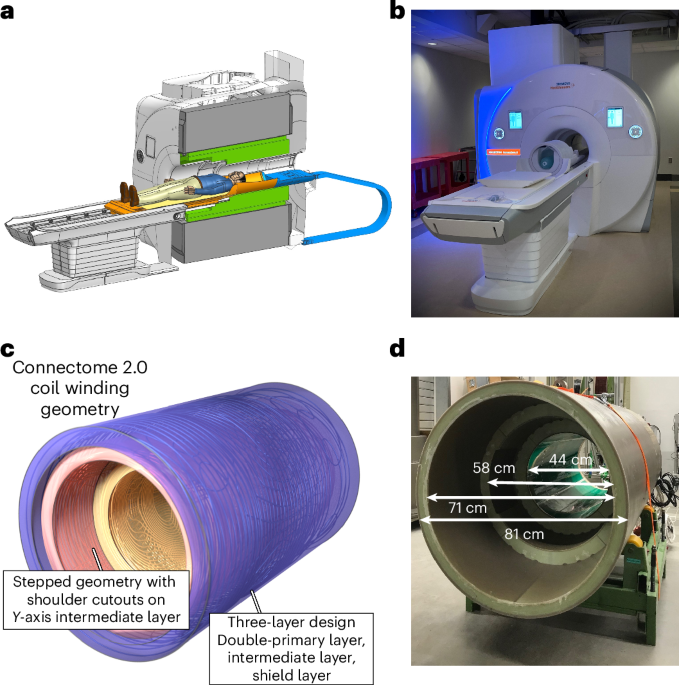
AMD’s Ryzen 9950X: Zen 5 on Desktop
AMD’s desktop Zen 5 products, codenamed Granite Ridge, are the latest in the company’s line of high performance consumer offerings. Here, we’ll be looking at AMD’s Ryzen 9 9950X. We already saw most of what Zen 5 looked like in Strix Point, so this article will focus on the differences between AMD’s mobile and desktop Zen 5 cores. With a higher power budget and no die area wasted on a NPU, desktop Zen 5 gets more cache, a beefed up FPU, and higher clock speeds.
We’d like to thank AMD for getting us a sample before release date as well as we would like to thank our Patreons and folks who donate to Chips and Cheese without whom we would not have been able to get a X670E board or DDR5 memory for testing.
The Ryzen 9 9950X was tested using a Gigabyte X670E Aorus Master, with G.SKILL F5-6400J3239F48G DDR5 memory. Tests were run with memory speed set to 6000 MT/s, since AMD’s reviewer guide suggests that’s the sweet spot.
AMD’s Ryzen 9 9950X uses a chiplet setup that’s been a staple of AMD desktop chips since Zen 2. Two Core Complex Dies (CCDs) connect to an IO die, which contains memory and PCIe controllers along with other IO. Of course, AMD has made improvements between each generation, and those carry forward to the 9950X. Each CCD on the 9950X has eight Zen 5 cores and 32 MB of shared L3 cache, a baseline inherited from Zen 3. The IO die is carried forward from Zen 4, giving the Ryzen 9950X a tiny iGPU and DDR5 support. AMD’s Infinity Fabric interconnect ties all those on-chip blocks together.












